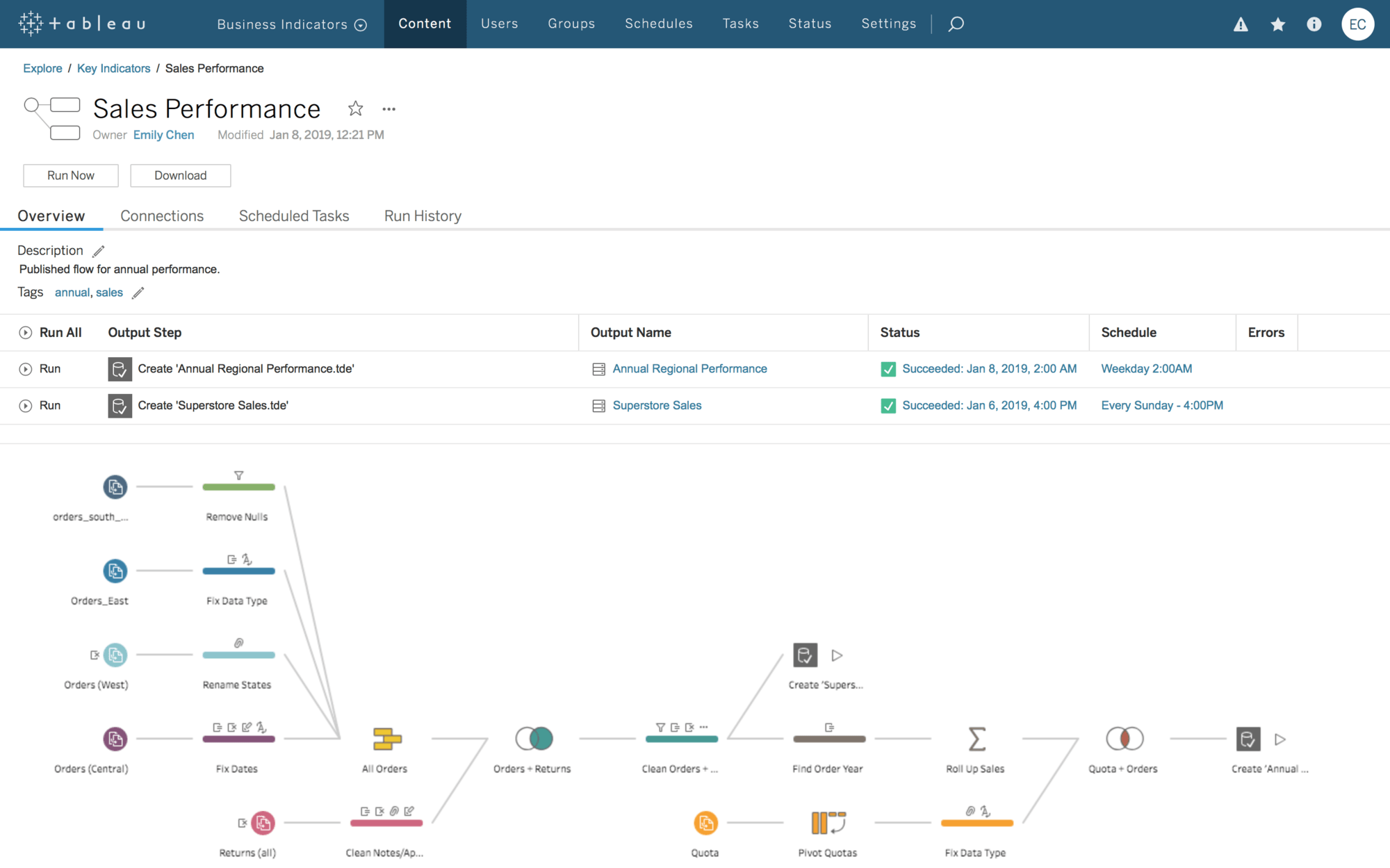
The user-friendly interface lets you focus on data and not the software. Tableau was designed to help the people mentioned above handle, clean, and explore their own data in ways that are too difficult to do in Excel. I personally fall into several of these categories. It’s for those who may not have completed high school or gone to college. It’s for those who don’t have computer science degrees, ex-factory workers starting their first office jobs, or those forced into new careers. Tableau is a Business Intelligence Tool created to empower the average user by being extremely user friendly. This is exactly what the people at Tableau had in mind when they designed it.

For larger projects, we’re talking millions! How Tableau empowers the userĬould we get the data ourselves? Could we create our own visualizations? Could we explore our own data? Instead, we outsource to IT services that generally charge USD 10,000 for one-month projects to USD 100,000 for three-month projects. From my own experience when working with IT, users can solve 50-75% of their data requests and visualizations themselves, given they had the right tool and basic training. But the idea of paying someone to extract our own data seems crazy to me. Unknowingly, we became slaves to IT.ĭata extraction and manipulation are not cheap or easy. Companies then needed IT Specialists to navigate these massive systems. We needed smarter systems for storage, retrieval, and ultimately exploration. Corporations waste billions of dollars each year just waiting for data to convert! Enter the IT DivisionĪs data grew over the years, it got more complex.


For large data, you could be waiting hours each day or more. If you store data in a non-Excel format, it must be converted to Excel’s format first. This makes analyzing and exploring large data cumbersome or near impossible, even for the most technical users.Ĭonsolidating external data is also a problem. As you add calculations, sheets, and visualizations, Excel can begin to slow down or even crash! This is common for old legacy spreadsheets passed on from one user to the next (The oldest spreadsheet I ever found was 11 years old, riddled with errors, and had gone through more than 20 users!). Large data in this context is around 10,000 individual cells or more. It’s also cheap! It’s very affordable, and with Office 365 available via monthly subscription, it’s become even easier to acquire the software.Ĭons: Inability to store large data, difficult to consolidate external data, and poor data exploration. With its ease of use, you require little to no training making it the first choice for managing data in the industry. You’ll be hard-pressed to find organizations without Excel. Pros: Accessibility, cost, and easy to learn. “Well, if it’s so damn good, why do we need Tableau?” Let’s compare! The pros and cons of Excel It was so successful that 30 years later, practically every industry still uses Excel to manage, clean, process, and share its data.
#Tableau desktop vs prep software#
In 1987, Microsoft Excel spreadsheet software debuted, allowing users to manipulate data and perform complex calculations like never before. As technology evolved rapidly over the years, storage became cheaper, and processing power improved. In fact, you’d need huge office spaces and storage facilities to store just a little bit of data. In the 1980s, we could barely even store data efficiently. The list goes on! Do you know what all these areas have in common? You guessed it. In construction, people must order parts to specification, store designs, manage project timelines, analyze engineering projects, and manage budgets! In banking, they need strong cybersecurity, fund tracking for hundreds of thousands of clients, stock portfolios, credit card numbers, retirement funds, real estate loans. Retail companies must track how many clothes they produce, ship, sell, refund, etc.

Hospitals across the planet must keep track of equipment health, vital signs, patient information, lab results, patient appointments, rosters, salaries, and more. Master Tableau Public, Desktop, Prep, Online, Server and Bridge and pass the Tableau Certifications | By Jed Guinto Explore Course


 0 kommentar(er)
0 kommentar(er)
